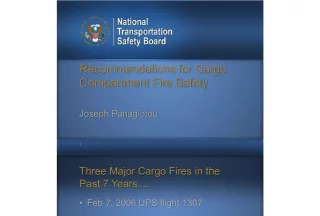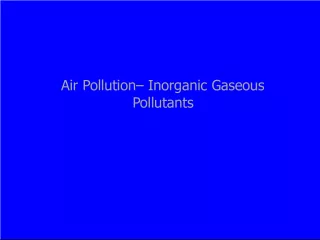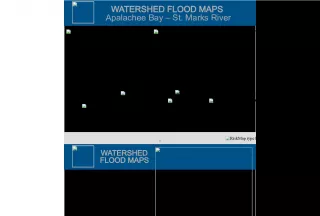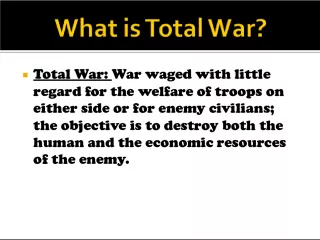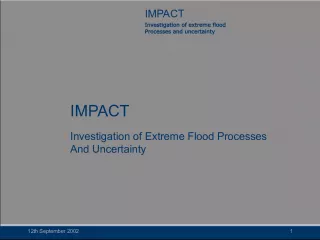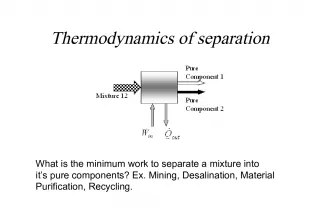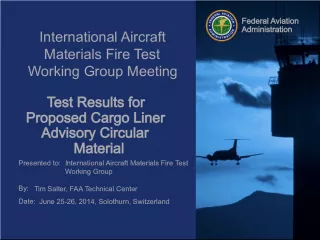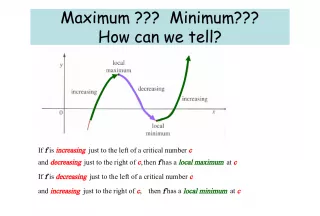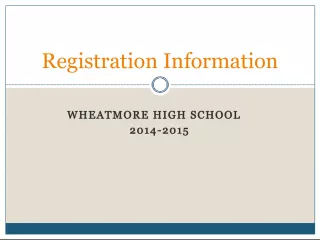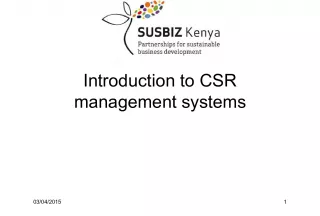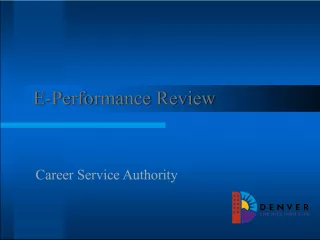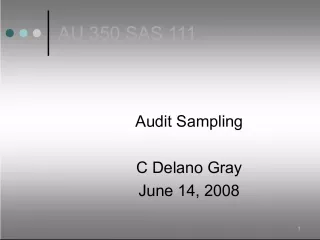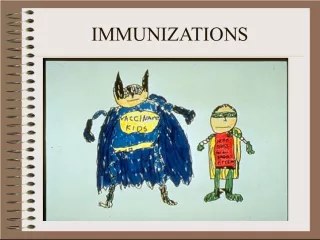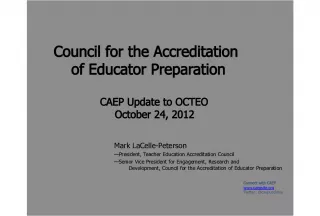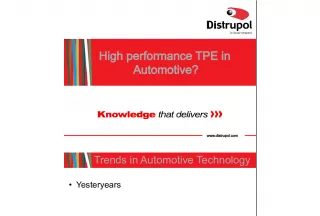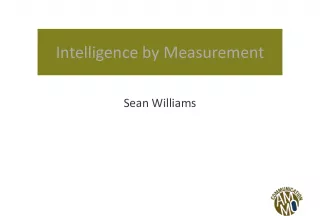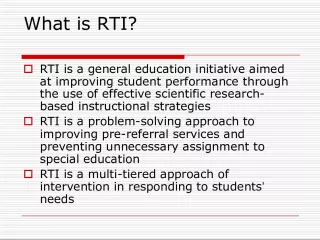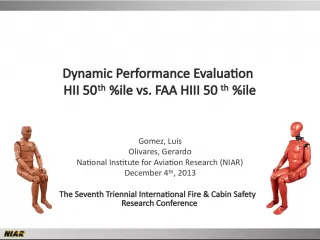Cargo Compartment Minimum Performance Standards for Gaseous Total Flood Agents


This report by the Fire Safety Section of the FAA's Technical Center provides minimum performance standards for gaseous total flood agents in cargo compartments of aircraft. The report
- Uploaded on | 1 Views
-
 marie-claire
marie-claire
About Cargo Compartment Minimum Performance Standards for Gaseous Total Flood Agents
PowerPoint presentation about 'Cargo Compartment Minimum Performance Standards for Gaseous Total Flood Agents'. This presentation describes the topic on This report by the Fire Safety Section of the FAA's Technical Center provides minimum performance standards for gaseous total flood agents in cargo compartments of aircraft. The report. The key topics included in this slideshow are . Download this presentation absolutely free.
Presentation Transcript
Slide1Cargo Compartment Minimum Performance Standardsfor Gaseous Total Flood Agents FAA Technical Center Fire Safety Section, AAR-422 John Reinhardt Website: www.fire.tc.faa.gov Final report documenting the MPS and the results of Halon 1301 testing on the four required fire scenarios is in final review within the FAA and will be published shortly.
Slide2Cargo Compartment = 2000 ft3 Leak Rate = 50 CFM Fire Load = 178 card board boxes (30% of Vol.) containing 2.5 lbs of shredded paper Instrumentation = Type K Thermocouple, Gas Analyzer Ignition = Nichrome wire wrapped around folded paper towels System Activation = 1 min. after one of the ceiling T/C reaches 200 o F Test Duration = Five tests @ 30 minutes each. Bulk Load Scenario
Slide3Cargo Compartment = 2000 ft3 Leak Rate = 50 CFM Fire Load = 33 card board boxes inside an LD3. Three LD3 in Cargo Instrumentation = Type K Thermocouple, Gas Analyzer Ignition = Nichrome wire wrapped around folded paper towels System Activation = 1 min. after one of the ceiling T/C reaches 200 o F Test Duration = Five tests @ 30 minutes each. Containerized Load Fire Scenario
Slide4Cargo Compartment = 2000 ft3 Leak Rate = 50 CFM Fire Load = 0.5 U.S. Gallon of Jet A fuel (with 13 oz of gasoline) Instrumentation = Type K Thermocouple, Gas Analyzer Ignition = Arc created by sparking electrodes System Activation = 1 min. after one of the ceiling T/C reaches 200 o F. Test Duration = 5 minutes Surface Burning Fire Scenario
Slide5Cargo Compartment = 2000 ft3 Leak Rate = 50 CFM Fire Load = 0.2 lb. Propane, 0.6 lb. of Denatured Alcohol, 0.2 lb of water Instrumentation = Type K Thermocouple, Gas Analyzer Ignition = Arc created by sparking electrodes Simulator Activation = When the agent, at 2 feet from the floor, is at the minimum vol. design concentration Test Duration = 15 seconds after the activation of the simulator Exploding Aerosol Can Fire Scenario
Slide6Bulk Load and Containerized Tests
Slide7Bulk Load and Containerized Tests
Slide8Surface Burning Fire
Slide9Surface Burning Fire
Slide10Acceptance Criteria for Gaseous Agents
Slide11Non-gaseous agents or systemsBulk load, containerized load and surface burning fire scenarios are identical to the requirements for gaseous agents. Water mist testing by FAA and FIREDASS using various systems has shown significantly lower ceiling temperatures than those achieved using Halon 1301. Additional FAA water mist testing is planned to determine the ability of the system to prevent the rupture and ignition of actual aerosol cans. Imposing the aerosol can scenario on a water mist system will eliminate the possibility of certifying that type of system to the MPS.
Slide12Future ActivitiesComplete MPS testing with 8 Yulian acoustic water mist nozzles. Conduct aerosol can testing. May 2000. Conduct all required MPS testing using FE-25 (HFC125) agent. June 2000. Finalize and publish MPS requirements for non-gaseous agents or systems.
